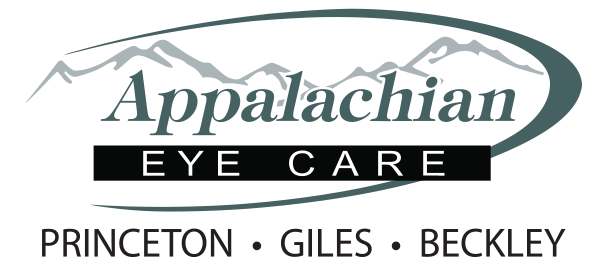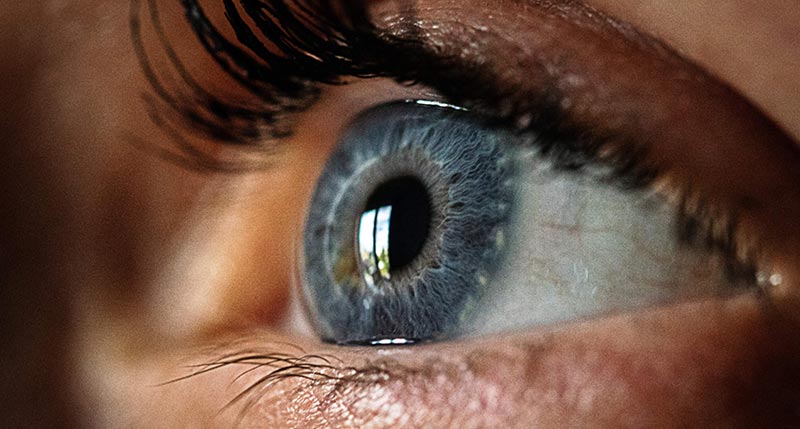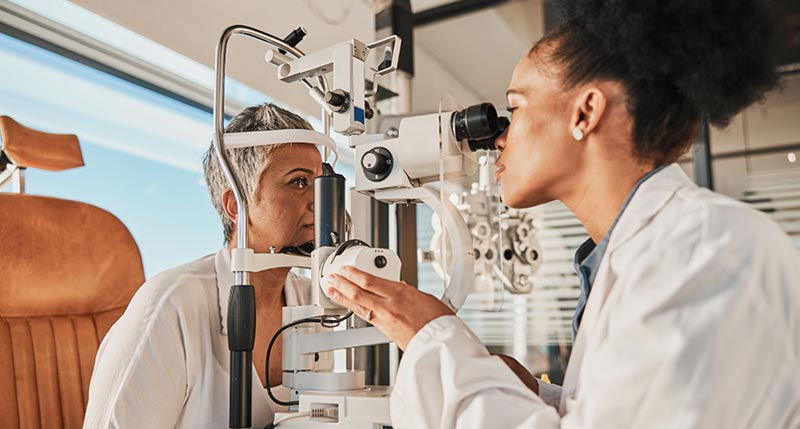As we continue observing National UV Safety Month throughout July, we want to offer smart strategies to help you minimize the exposure your eyes have to harmful UV rays. Minimizing UV ray exposure can help maintain your healthy vision for as long as possible.
UV ray exposure can cause painful short-term damage to your eyes in the form of sunburn. However, UV’s long-term, cumulative effects—cataracts, pterygium and macular degeneration—can dramatically impact your ability to see clearly and enjoy healthy vision in the long term.
Here are 9 tips to protect your eyes and safeguard your healthy vision,
- Wear sunglasses. The easy key to protecting your eyes from the sun? Wear sunglasses that are rated to block 100% of the sun’s UV rays. And wear them every day, even when it looks cloudy outside. Purchase your sunglasses from a reliable source, and double-check that they contain UV protection.
- Don’t wear cheap sunglasses. It can be tempting to wear those $10 cheap sunglasses (and by all means, wear them as an accessory when you go out at night!). But with sunglasses, you get what you pay for. Though cheap sunglasses might have dark lenses that make you think they protect your eyes from absorbing UV radiation, those dark lenses may actually be worse for your eyes. If the lenses are dark enough to cause pupils to dilate but don’t feature UV protection in the lens, your eyes will absorb more UV light through your enlarged pupils. It’s not a risk worth taking.
- Wear clear glasses that block UV. Did you know that the lenses of your clear prescription glasses can include a UV blocking layer or coating? Ask our optician about options that protect your eyes from UV rays without switching to sunglasses.
- Wear UV-blocking contacts: Contact lenses that protect against UV rays are a great option for keeping your eyes sun-safe. Ask our optical team about the best UV-blocking contact lenses for your specific prescription.
- Wear a hat. As an extra layer of protection, add a hat! A wide-brimmed, UPF-rated hat not only protects eyes from sun damage, it can also protect your face and neck from the sun’s wrinkle rays!
- Protect children’s eyes. Your toddler’s and children’s eyes absorb more UV light than adult eyes, and UV eye damage accumulates over their lifetime. Did you know that 80% of UV exposure occurs before kids reach age 18? Get them some cute sunglasses and a sassy hat and help kids start the healthy habit of wearing sunglasses every time they go outside.
- Practice smart sun strategies
- Time of day: Avoid the sun between 10 am – 2 pm when it is highest and UV radiation is strongest.
- Seasonality: You’re exposed to more intense UV in the spring and summer months.
- Latitude (distance from the equator): The closer you get to the equator, the more intense UV exposure you’ll get. Further from the equator, UV exposure goes down.
- Altitude: The higher you go, the more UV radiation you’ll be exposed to.
- Cloud cover: Even on a cloudy day, the sun’s UV rays pass through and reach the ground.
- Surface reflection: UV rays bounce off of surfaces including water, pavement, sand, snow, concrete and even grass, which can increase your UV exposure.
- Medications: If you take diuretics, tranquilizers, birth control pills, antibiotics, antifungals or antihistamines, you may be more sensitive to UV radiation.
- Avoid man-made sources of UV radiation
- Tanning beds, booths or lights: Though the light sources in these devices vary, most emit UV-A rays. Your risk increases with the number of times you use tanning beds and the length of time of each visit.
- UV Phototherapy: Some medical conditions respond well to UV treatment. Psoriasis is an example of a skin condition that can be treated with UV light.
- Black-light lamps: Black light bulbs give off mostly UV-A rays and have a characteristic purple glow that highlights glow-in-the-dark fluorescent materials. Bug-zapper insect lamps use a similar bulb that also emits UV rays (and the intense UV exposure certainly doesn’t end well for the insect!).
- Xenon-mercury and high-pressure xenon arc lamps, welding arcs, and plasma torches: Typically used in a workplace setting where proper eye protection is available, these lights are used for UV “curing” of coatings and inks, disinfection, and for simulating sunlight to test products.
- Schedule an annual eye exam: Seeing your optometrist every year for a comprehensive, dilated eye exam is a smart strategy for long-term eye health. Your optometrist will identify any problems or conditions in their earliest stages to help you minimize the impact on your healthy vision. Call us today to schedule your—and your family’s—annual eye exam!





